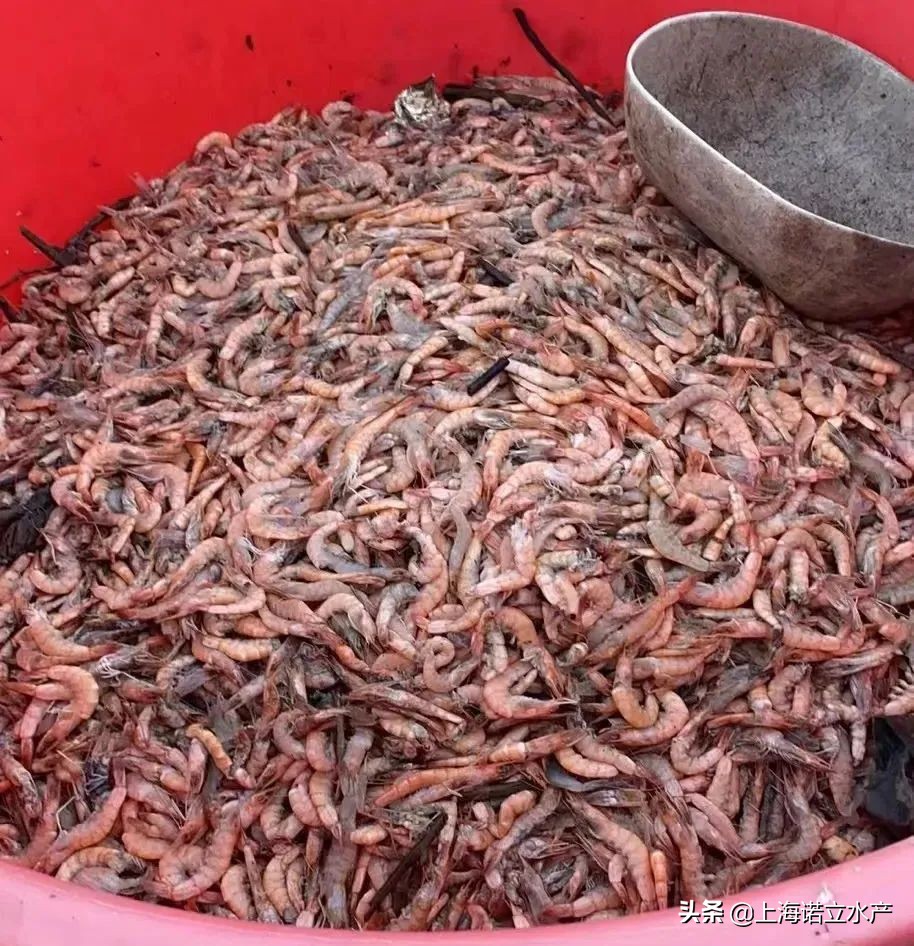1. Erythrosis - also known as TAURA syndrome
Caused by Dora virus. The onset of the disease usually occurs during the period of 10-40 days after the stocking of shrimp fry. Its symptoms are mainly manifested as body color turning red, especially the tip of the tail fan is red, soft shell, jejunum. Sick shrimp usually parade in groups around the pool, and in severe cases, roam on the surface of the water, are unresponsive, and do not eat.
It usually lasts 10-15 days, during which time shrimp die in large numbers. Since then, the symptoms have eased and turned into a chronic stage, but a small number of diseased shrimp have died one after another. Some diseased shrimp have systemic black spots in the carapace cuticle. There is currently no effective treatment for Dora virus. However, in the early stages of the outbreak, some positive emergency measures can be taken to effectively reduce its harm.

2. Muscle erosion and spasticity (muscle necrosis)
The symptoms are manifested as the abdominal muscles of the sick shrimp becoming white and opaque, and the whole body muscles of some diseased shrimp becoming white and turbid; Some shrimp body is spasmodic, the eyes are close together, and in severe cases, the tail is bent under the head and chest, and it cannot be stretched and recovered by itself, accompanied by muscle whiteness and death.
3. Hepatoborozoon hepatopenaei, EHP
It is a spore worm that mainly parasitizes in the liver and pancreas of shrimp, which is an intracellular parasite. Shrimp infected with EHP generally do not die, but shrimp grow very slowly, eat only for a long time, and the size of the shrimp is uneven. Shrimp have weakened vitality, decreased resistance, and are susceptible to infection with other pathogens.
EHP is currently reported in P. vannamei culture countries around the world and is one of the main shrimp pathogens in mainland China, and the incidence and detection rates have continued to be at a very high level in recent years. Although the disease does not directly cause shrimp deaths, shrimp are only eaten for a long time, and eventually bring huge economic losses.
At the same time, shrimp infected with EHP currently have no effective treatment. Due to the presence of spores, once infected, it is very difficult to eradicate the pathogen. Ordinary disinfection methods simply cannot kill the spores. Shrimp infected with EHP will excrete spores with feces to contaminate the water body, resulting in more and more serious infections. Therefore, the disease needs to be paid great attention. Shrimp fry should be strictly tested when introduced. Once the pathogen is introduced into the pool, it will bring irreparable damage.
4. White spot syndrome virus (WSSV)
It is a shrimp virus with a very high fatality rate at present. The most distinctive feature of the disease is the presence of white spots on the carapace and the easy peeling of the cephalothorax. The onset of shrimp is slow, stops eating, and lies still at the bottom of the pool. In addition, crabs, planktonic crustaceans, etc. can also carry WSSV, so the transmission of the disease is very strong. It is difficult to prevent the disease. Once the disease occurs, the mortality rate is extremely high, resulting in irreparable economic losses.
But shrimp with white spots on the carapace are not necessarily infected with WSSV. Therefore, the accurate diagnosis of the disease requires the help of other means. Detection techniques based on molecular biology techniques are the best choice for diagnosing the disease. The speed and precision of detection allow for early diagnosis of seedlings and the avoidance of economic losses.
5. Iridescent virus is a virus that mainly infects invertebrates such as insects
It can infect fish, amphibians, reptiles and other thermotropic animals. Shrimp hemocyte iridescent virus (SHIV) is an iridescent virus that can infect shrimp, and is a new virus infecting shrimp discovered in recent years. Basophilic inclusion bodies and nuclear contractions occur in the blood cells of shrimp hematopoietic tissues, gills, liver and pancreas, appendages and muscles infected with the virus, hence the name. Since the virus is a late detection virus, although the outbreak of the virus can cause high mortality, there have been more reports of morbidity in the country. However, the understanding of the pathogen is not very thorough, so it is necessary for shrimp farmers to pay great attention to it and strictly test it to prevent the introduction of farmed shrimp into the pathogen and cause irreparable losses.
Related diseases can not be solved can be private message @ Shanghai Noli Aquatic Products
Follow Shanghai Noli to learn more about aquatic products!